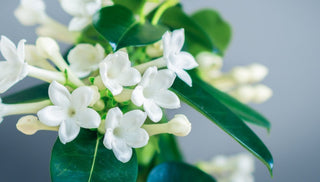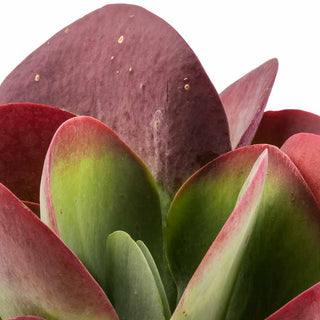☘ Origin: Madagascar
☘ Botanical Name: Dypsis lutescens
☘ Family: Araceae
☘ Common Name: Golden Butterfly Palm
Symbolism: Also called, Golden Feather Palm and Golden Butterfly Palm, often conjures up ideas of sun-soaked holidays and its symbolic strength does indeed come from its association as a solar symbol.
🍃 Shop Your Areca Palm Today!
🔆 Light
Whenever purchasing a plant, the placement is crucial as the right amount of light plays a critical role to how a plant will thrive, and the Areca Palm is no exception. This houseplant likes bright light that it filtered. This is because too much sun can lead to scorching the leaves. Best practice is to place the Areca Palm near a south or west-facing window with plenty of bright, indirect sunlight.
Give your plant a turn every few days to expose all sides to light for even growth from all sides.
💧 Water
Areca Palms like moist soil and a slight period of the potting soil drying out in between waterings. The Areca also does not like sitting in soggy soil, this is because they are susceptible to root rot. Therefore, letting the soil dry out slightly has great importance.
Areca Palms do not like tap water as it contains many chemicals such as fluoride and chlorine. The result of using tap water can brown and crispen its leaves, especially if the pot does not have good drainage. To give your plant the absolute best, room-temperature rainwater and bottled spring water are your best options. Any water containing sugar or salt will hurt your plant!
☁️ Humidity
As this indoor palm is native to the tropics of Madagascar, a region with high humidity levels, you need to replicate these conditions as much as possible for the Areca to reach its full potential. If the humidity in your home is too low, it will create a dry environment, making the palm prone to brown leaf tips. To avoid this, create more humidity in the Arecas’ environment by grouping your houseplants together, regularly misting its leaves or placing a humidifier to create perfect humidity levels in the room.
🌡️ Temperature
It will serve best in the temperatures between (18-24°C). We suggest keeping the Areca Palm away from windows during the winter months as draughts can be detrimental. We also suggest keeping this palm away from air conditioning units and heat sources such as radiators. Hot weather and direct sunlight may burn the leaves.
🧴️ Food
This indoor palm is quiet a heavy feeder, during summer and spring, your Areca Palm grows quickly, and you can help your palm to stay healthy during its growing season by fertilizing it.
During the spring and summer, fertilize your Areca palm once per month. It's best to use liquid fertilize for this, because your palm can absorb this more quickly. During the fall and winter your Areca palm is dormant, so you won't have to fertilize it all.
🐾 Toxicity
Non-Toxic to Dogs, Non-Toxic to Cats, Non-Toxic to Horses according to ASPCA.
➕ Additional Tips
The Areca Palm is a big palm that's great as a houseplant. It's not the best plant for beginners, because it can be quite picky about the care you give it. However, you can still take care of it as a beginner, because it shows you when it's not happy and gives you a chance to improve. It's a fast-growing plant, which is very exciting during the spring and summer. This plant will make any place in your house look like a tropical paradise.
Areca Palms are not very forgiving of being overwatered. If your Areca Palm is left to sit in waterlogged soil for long, root rot will set in. This leads to the plant being unable to absorb the water and nutrients that it needs from the soil, and you will see brown tips, leading to brown leaves, and eventually browning of the entire plant.



